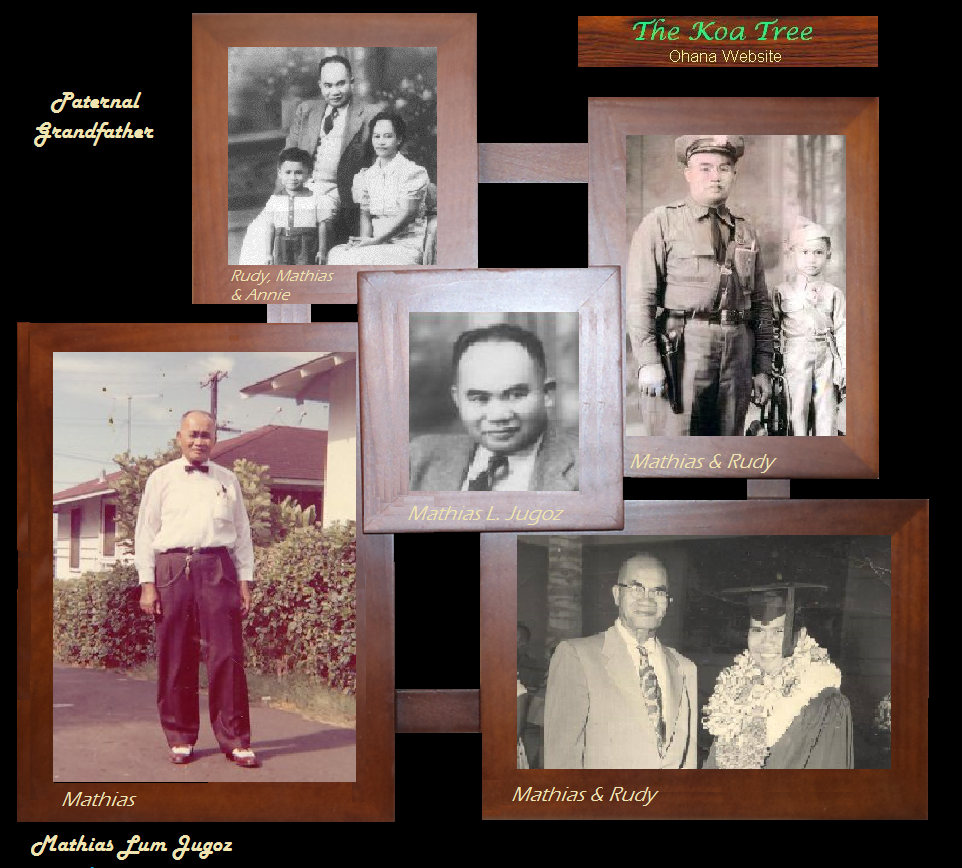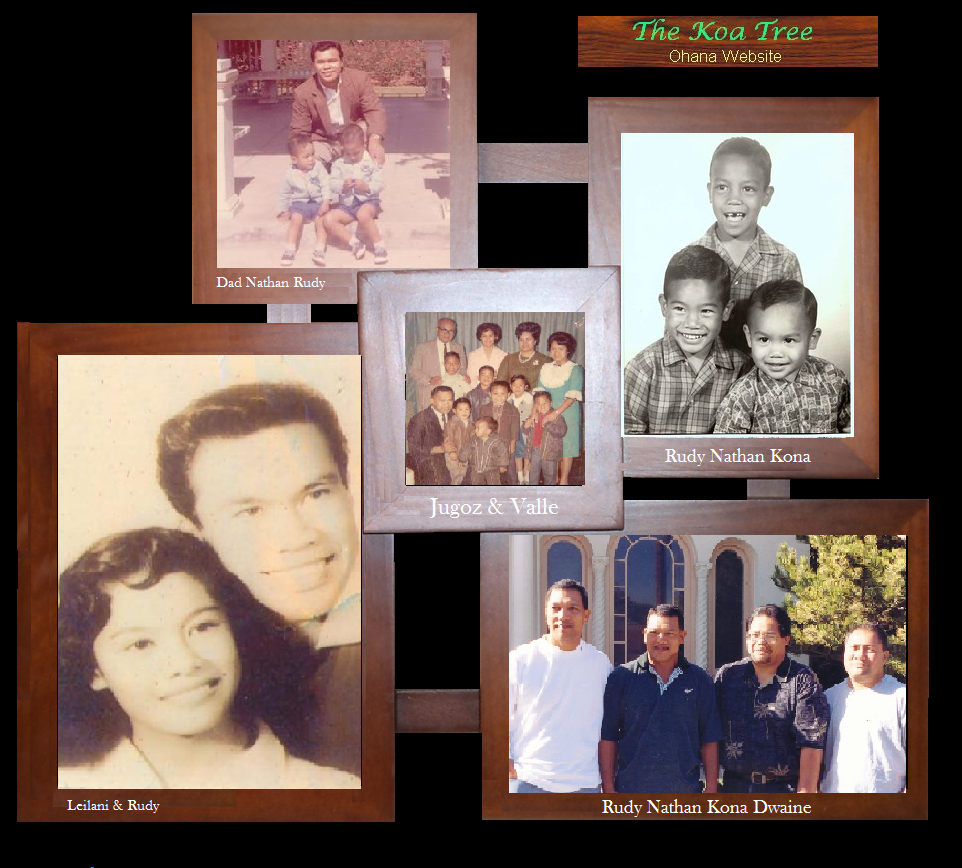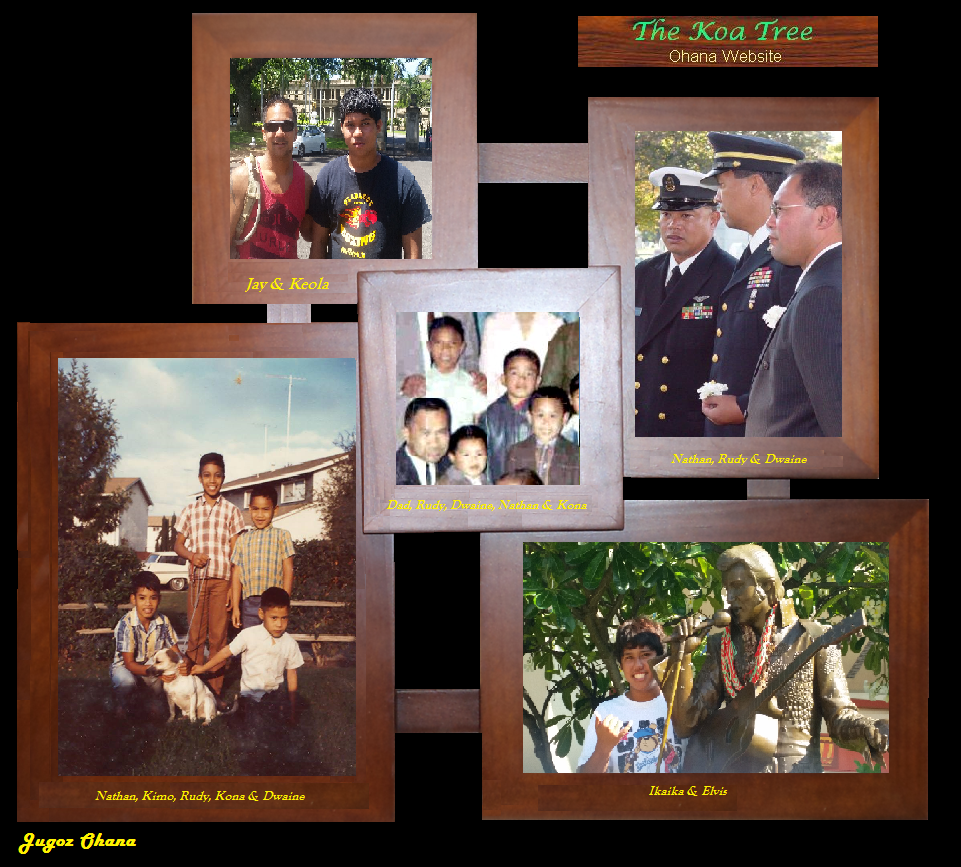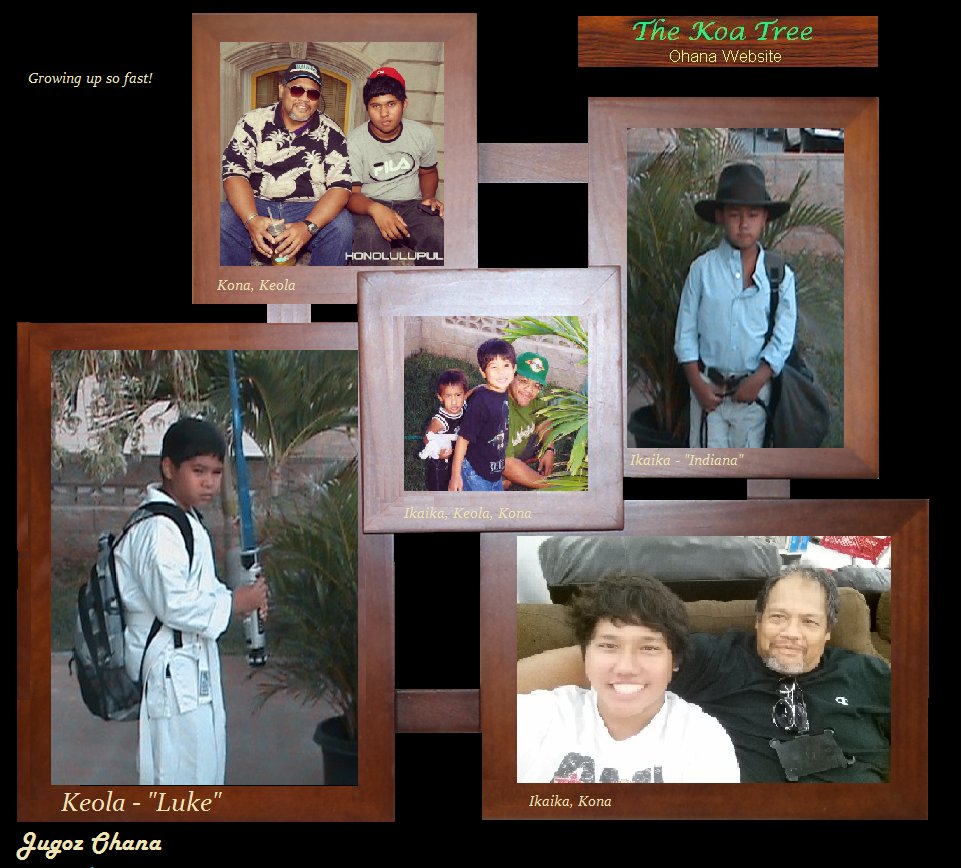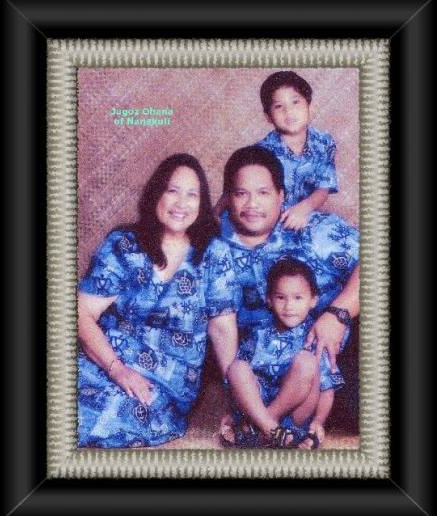|
Mathias Lum Jugoz
Paternal Grandfather February 5, 1890 - July 13, 1967
Mathias was born on February 5, 1890, at Himamaylan, Negros Occidental, Philippines. Grandfather arrived in Honolulu aboard the ship Tenyo Maru
on April 4, 1912, at the age of 22. Mathias was the father of two children, a daughter named
Angelita
, and a son named
Rudolph.
Grandpa Jugoz rarely spoke of his family in Negros Occidental.
A letter was written to the U.S. Social Security Admin. The names listed here are from the documents he filed with Social Security Admin in the early 1900's.
|
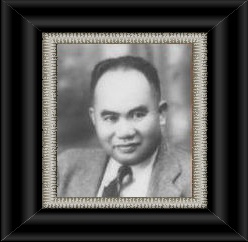
|
|
Memorial
On July 13, 1967, Grandpa passed away at the age of 77 at Kaiser Hospital in Santa Clara, California. His final resting place is at Los Gatos Cemetary, in California. At the time of his death he had no marker on his grave, in 2005 his decendents placed this marker in his honor. Mahalo to my brother Dwaine Allen Jugoz for doing the footwork on the design and the placement of the Memorial. |
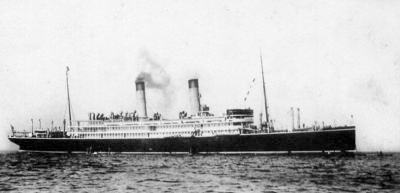 Migration to Hawaii According to the Tenyo Marus' manifest Grandpa Jugoz is aboard the ship as it arrives in Honolulu, Hawaii, on April 4, 1912, he is listed as "Mathias Jugoz" Passenger #75 from Occidental Negros, the Phillipines. Manifest |

|
|
Jacento Jugos Great Grandfather According to the Social Security application filed by Grandpa Mathias his fathers name was Jacento. Jacento was probably a decendent of the first spaniards who settled in Himamaylan, Negros Occidental. The 'Jugos', name was transposed to 'Jugoz' when Grandpa immigrated to Hawaii. I've been in communication with other Jugoses in the Philippines, they also are from the province of Negros Occidental. So far, no hard evidence of relations to Mathias. According to the application Grandpa filed Jacento Jugos was his father. and Barellona Limsiaco his mother. Source; Social Security Administration |
|
Grandfather
Grandparents & Dad
Grandfather
|
|
Family Photos
Dad & Brothers
|
|
Jugoz
Nephew & Son
|
|
Lualualei Clan
Dad & Son
|
|
Steam Locomotives Steam locomotives, or "Iron Dinosaurs", are still used in the sugar towns of Occidental Negros. Machinery that helped build the sugar capital of the philippines. They haul cane from the fields to the mills through narrow-gauge railroad tracks that, at certain points, span rivers and ravines.
|
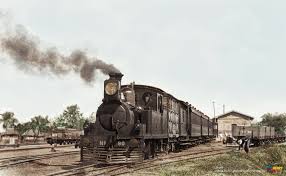 |
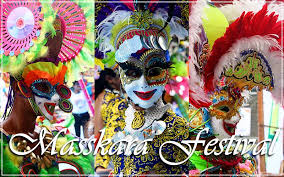 |
Maskara Festival Maskara Festival, held every fourth week of October coinciding with the city´s anniversary in Bacolod, climaxes in a street parade with revellers in colourful costumes and smiling masks of various designs.
|
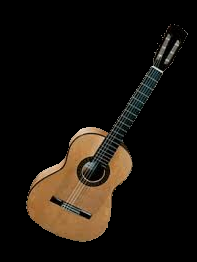
|
|
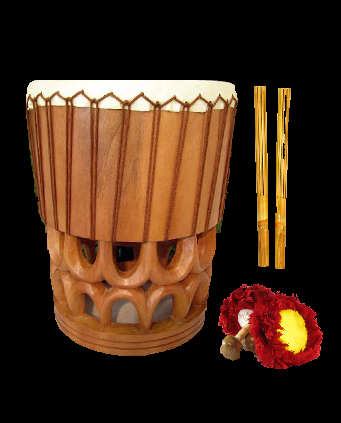
|
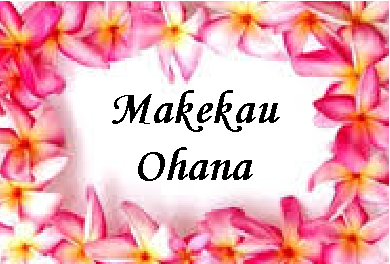

Kona Jugoz's Profile | Create Your Badge

OHANA OF ABEL KELIIONUUANU & MELE KAHIWA
|
|
Mahalo for visiting
The Koa Tree Ohana Website - Kona
HTML Code (copy and paste)
|
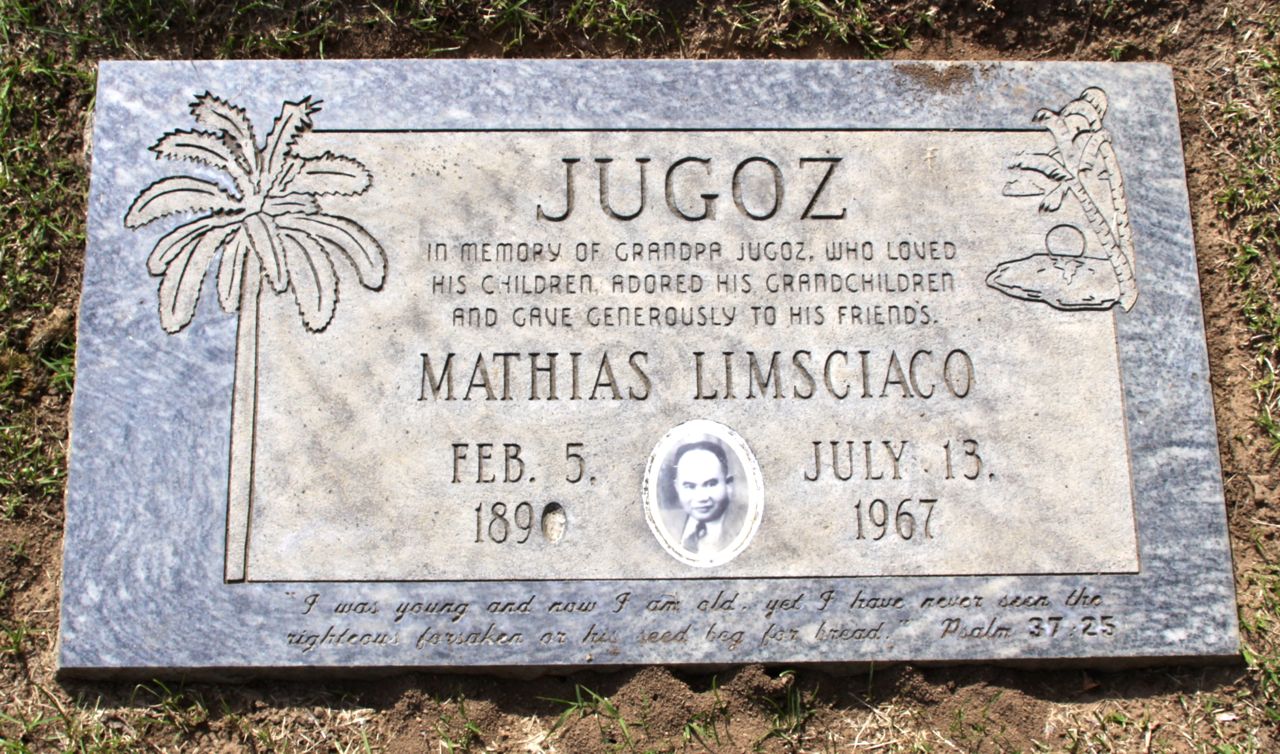 Memorial Park
Memorial Park